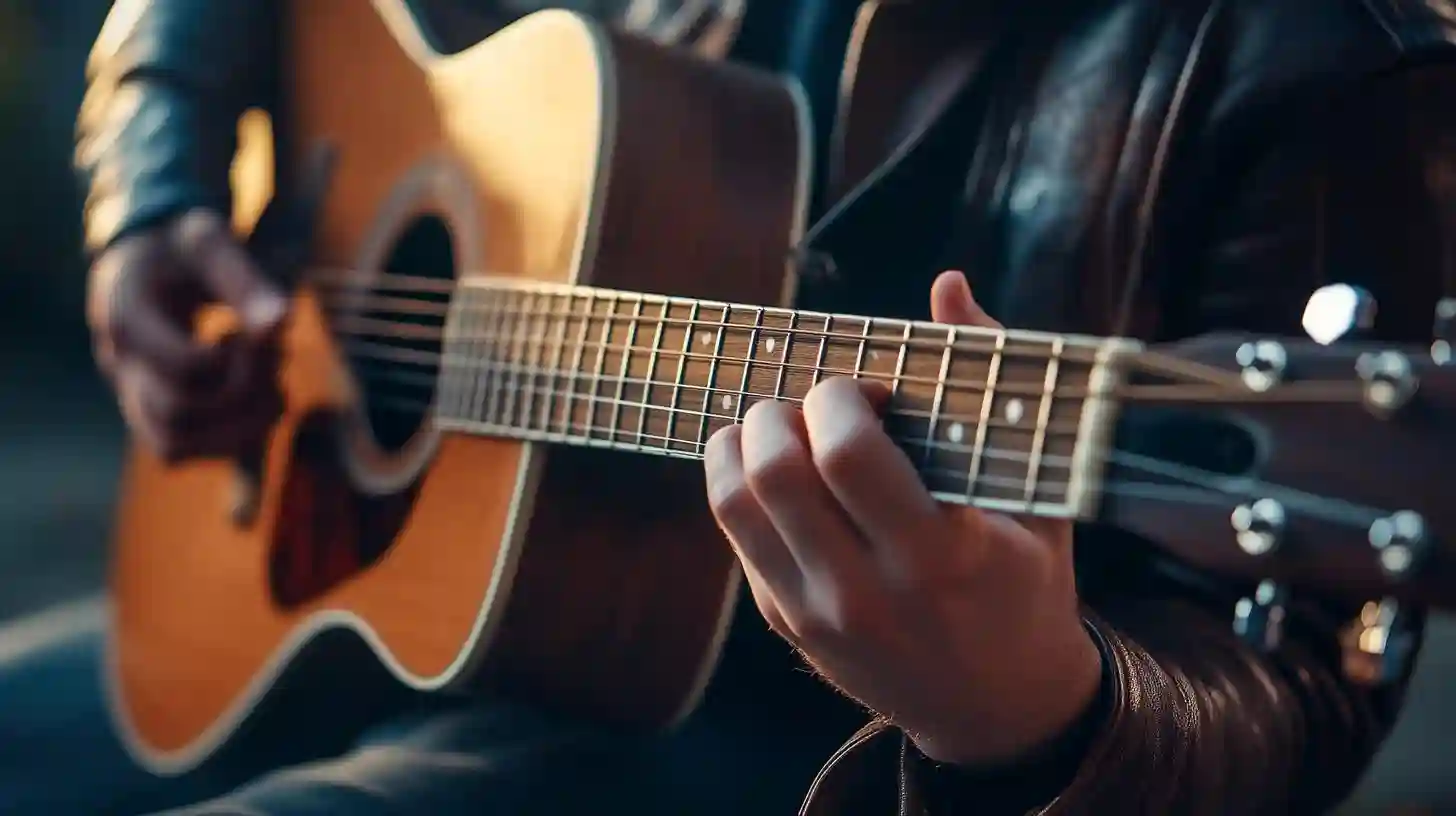
Playing the guitar is a fulfilling and rewarding journey that opens a world of musical possibilities. For beginners eager to transition from novice to proficient, embracing fundamentals while nurturing creativity is essential. Focusing on essential techniques, music theory, and practice routines can significantly elevate playing skills.
To start, understanding the anatomy of the guitar is crucial. Familiarize yourself with the different parts, such as the body, neck, fretboard, strings, and tuning pegs. This knowledge not only helps in proper handling but also enables better communication when seeking help from teachers or fellow musicians. Whether choosing an acoustic or electric guitar, ensuring the instrument is comfortable and well-maintained enhances the overall playing experience.
After getting acquainted with the guitar's anatomy, learning how to hold the instrument properly is next. For acoustic guitars, rest the body of the guitar against your leg, positioning your strumming arm comfortably over the top. Ensure the neck is pointed slightly upward, which aids in fretting notes easily. If you're playing an electric guitar, using a strap is advisable to support the instrument during play. Adopting a relaxed posture helps to avoid tension, which can lead to discomfort or injury over time.
Tuning your guitar correctly is a fundamental skill every player should master. Guitars are typically tuned to standard tuning EADGBE, from the sixth (lowest) string to the first (highest). Using a tuner, smartphone app, or tuning fork provides the best results. Regular tuning before practice ensures that your ear develops a sense of pitch, which is crucial as you progress. An in-tune guitar sounds better and allows for accurate practice, making it easier to stay motivated.
Once your guitar is tuned, the next step is learning basic chords. Start with major and minor chords such as C, G, D, A, and E, gradually extending to more complex variations. Utilize chord charts to visualize finger placement. Practice transitioning between these chords smoothly, as swift changes are key to playing songs fluidly. Consistent repetition builds muscle memory, laying a strong foundation for more advanced techniques in the future.
Strumming patterns are equally important in establishing a rhythmic structure. Begin with simple patterns and gradually introduce variations. Experiment with the dynamics of strumming; try muted strums, emphasizing different beats, and incorporating palm muting to create unique sounds. Listening to your favorite songs while playing along can facilitate the learning process, providing context for how chords and strums work together.
As you become comfortable with chords and strumming patterns, exploring fingerpicking can add a beautiful dimension to your playing. Start with basic patterns, focusing on plucking individual strings with your fingers rather than using a pick. This technique can lead to a richer sound and broaden your musical repertoire, enabling you to play intricate pieces. Practice simple fingerpicking patterns and gradually increase the complexity as you become more confident.
Incorporating music theory into your practice enhances your understanding of how music works. Familiarize yourself with scales, as they form the basis of melodies and solos. The major and minor scales are particularly useful for beginners. Learning how to construct chords from these scales helps with improvisation and songwriting, releasing your creative potential. Understanding how notes interact leads to a more profound appreciation of music and influences your ability to express yourself through your guitar.
Setting aside dedicated practice time is vital for improvement. Establishing a routine helps maintain consistency. Divide your practice sessions between warm-up exercises, working on chords and strumming patterns, focusing on fingerpicking, and studying music theory. Making small goals for each session keeps you motivated, as achieving them brings a sense of accomplishment. Consider recording your practice sessions to track progress and identify areas needing attention.
Lastly, play along with others, whether in a casual jam session or a structured group setting. Playing with fellow musicians enhances your timing, adaptability, and overall musicianship. It provides exposure to different playing styles while fostering a supportive learning environment. Keeping an open mind and embracing feedback can lead to significant improvements.
Embrace the beauty of the guitar by being patient with yourself. Progress might be gradual, but with commitment and the right mindset, each moment spent learning and creating will bring immense joy. Music is about the experience, and every strum, chord, and note played adds to your unique musical story. Nurture your passion, enjoy the journey, and let your guitar skills shine.